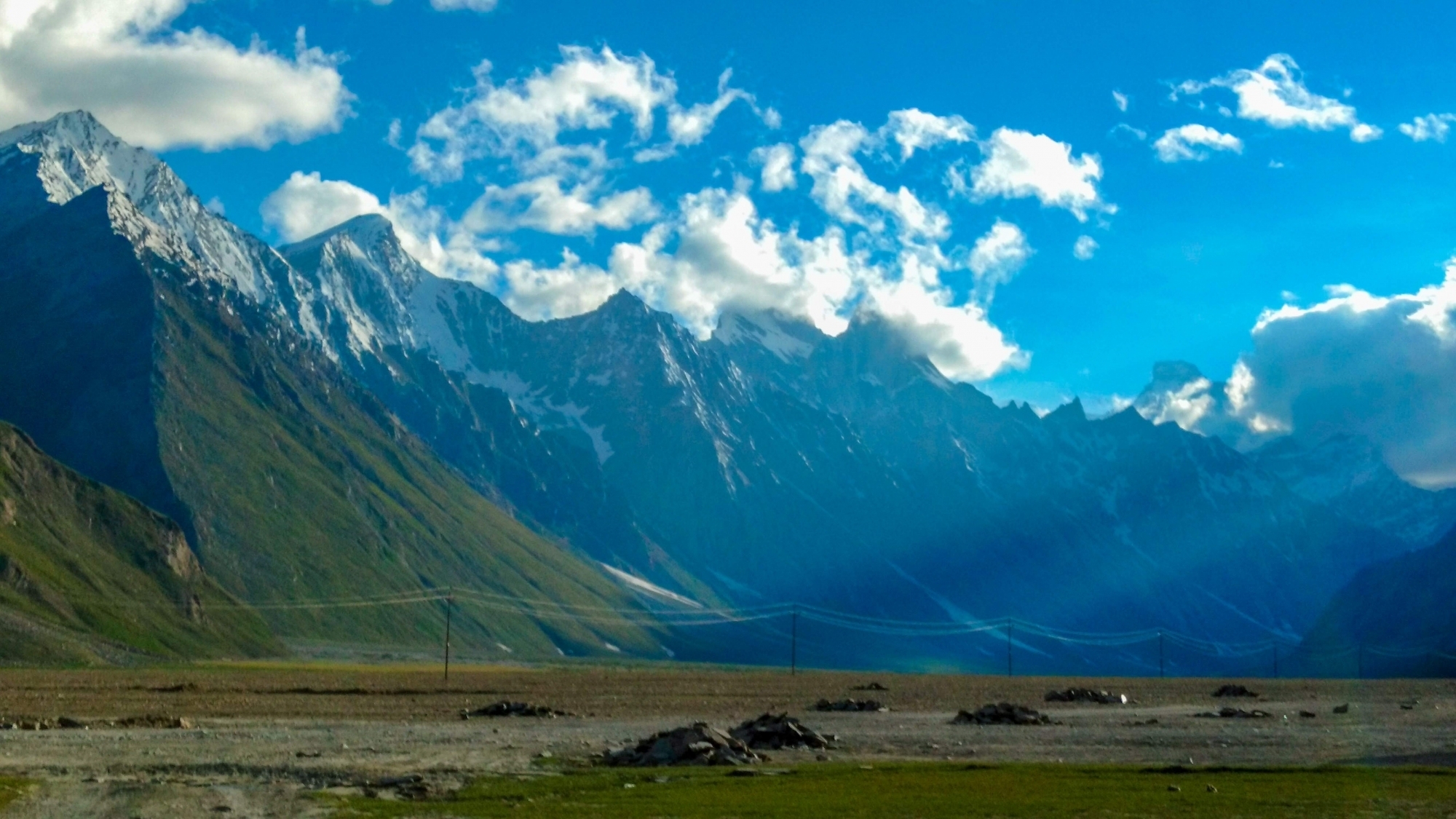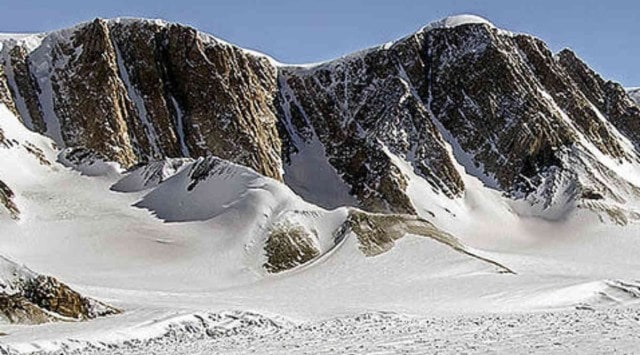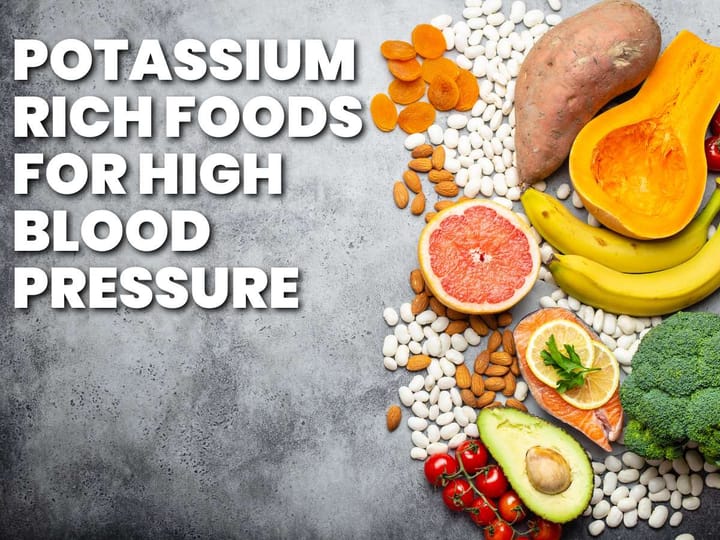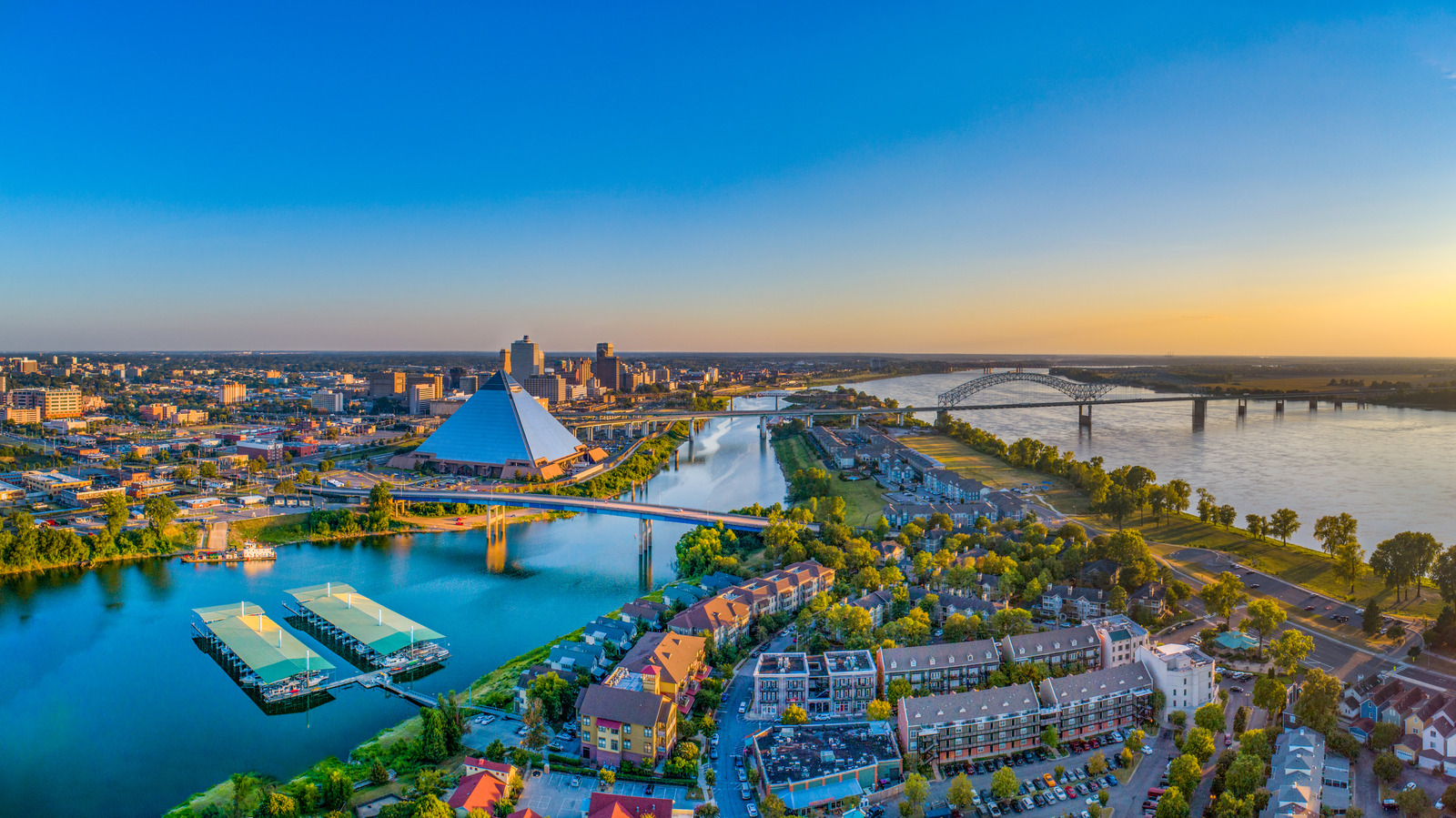The Alarming Thinning of Himalayan Glaciers - A Climate Change Time Bomb?

Towering over the Earth, the Himalayas are home to the planet's highest peaks and a vast reserve of glacial ice, often referred to as the "Third Pole." These glaciers act as crucial water sources for billions of people in Asia, feeding major rivers like the Ganges, Indus, and Brahmaputra. However, a growing body of scientific evidence paints a concerning picture: Himalayan glaciers are thinning at an alarming rate, with potentially devastating consequences for the region and beyond.
Accelerated Melting: A Clear and Present Danger
Recent studies have revealed a dramatic acceleration in the rate of Himalayan glacier melt. A 2021 study published in the journal "Scientific Reports" analyzed satellite data from the past four decades and found that the rate of ice loss has doubled since the turn of the century. Specifically, the study indicates that Himalayan glaciers have lost an average of 10 inches of ice vertically each year since 2000, a stark increase from the roughly 4 inches of annual loss recorded between 1975 and 2000.
This accelerated melting is primarily attributed to rising temperatures due to climate change. The Hindu Kush Himalayan region has experienced a temperature increase of approximately 1.8 degrees Celsius (3.2 degrees Fahrenheit) since the late 19th century. This warming trend is projected to continue, with estimates suggesting an additional increase of 1.5 to 5 degrees Celsius by the end of this century.
Beyond Melting: The Growing Threat of Glacial Lake Outburst Floods (GLOFs)
The rapid melting of Himalayan glaciers not only diminishes vital water resources but also creates dangerous new threats, particularly the formation and expansion of glacial lakes. As glaciers retreat, they often leave behind depressions in the landscape that fill with meltwater, forming glacial lakes. These lakes are frequently dammed by unstable ice and moraine (rock and debris), making them susceptible to sudden and catastrophic outbursts known as Glacial Lake Outburst Floods (GLOFs).
A stark example of the devastating power of GLOFs occurred in 2013 in the Indian state of Uttarakhand. A massive landslide triggered a glacial lake outburst flood, resulting in widespread destruction and the loss of thousands of lives. This event served as a grim reminder of the potential dangers posed by unstable glacial lakes in a warming world.
Data from the International Centre for Integrated Mountain Development (ICIMOD) indicates that the number of glacial lakes in the Hindu Kush Himalayan region has increased significantly in recent decades. Furthermore, the ICIMOD has identified over 200 glacial lakes in the region that are considered potentially dangerous and at risk of outburst floods.
Downstream Impacts: A Looming Water Crisis?
The implications of shrinking Himalayan glaciers extend far beyond the immediate vicinity of the mountains. The rivers fed by these glaciers are lifelines for billions of people in South Asia, providing water for drinking, agriculture, and industry.
While the initial influx of meltwater from retreating glaciers might increase river flows in the short term, the long-term consequences are dire. As glaciers continue to shrink and eventually disappear, river flows will diminish, leading to severe water scarcity for the vast populations that rely on them. This could have devastating consequences for agriculture, industry, and human life, potentially leading to mass displacement, conflict over resources, and widespread economic hardship.
Looking Ahead: Mitigation and Adaptation Strategies
Addressing the crisis of melting Himalayan glaciers necessitates a multifaceted approach that encompasses both mitigation and adaptation strategies.
Mitigation
- Reducing Greenhouse Gas Emissions: The single most crucial step in mitigating glacier melt is addressing the root cause: climate change. This requires a global effort to drastically reduce greenhouse gas emissions through the transition to renewable energy sources, improvements in energy efficiency, and sustainable land management practices.
Adaptation
- Strengthening Early Warning Systems: Investing in robust early warning systems for GLOFs is essential to minimize loss of life and property. This includes monitoring glacial lakes, developing hazard maps, and establishing effective communication channels with communities at risk.
- Water Resource Management: Implementing sustainable water management practices is crucial to adapt to changing water availability. This includes promoting water conservation techniques, improving irrigation efficiency, and exploring alternative water sources.
- Community Engagement and Education: Raising awareness about the impacts of climate change and the importance of glacier conservation is vital. Empowering local communities with knowledge and tools for adaptation is crucial for building resilience.
Concluding Remarks: A Call to Action
The accelerating melt of Himalayan glaciers stands as a stark reminder of the urgent need for climate action. The consequences of inaction are too dire to ignore. Protecting these vital water towers of Asia requires a concerted global effort to curb greenhouse gas emissions and implement adaptation measures to minimize the impacts of climate change. The fate of billions of people hangs in the balance, underscoring the critical importance of addressing this pressing issue before it reaches a point of no return.











Comments ()